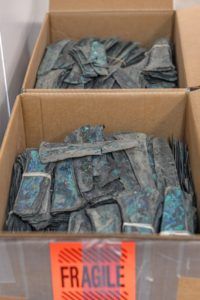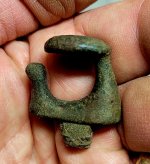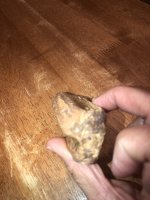BillA
Bronze Member
a most interesting article which should be read by collectors
http://www.thehistoryblog.com/archives/57553
Tn has had threads on these axe-monies, Richard Ray and "Van" Fossen had boxes of them
these were apparently bought in the '60s and recently shipped to Spain to be auctioned
the auctioneers told the Mexicans and the owner gave them to Mexico
- the implication being that possession is now illegal ?

http://www.thehistoryblog.com/archives/57553
Tn has had threads on these axe-monies, Richard Ray and "Van" Fossen had boxes of them
these were apparently bought in the '60s and recently shipped to Spain to be auctioned
the auctioneers told the Mexicans and the owner gave them to Mexico
- the implication being that possession is now illegal ?

Last edited:




